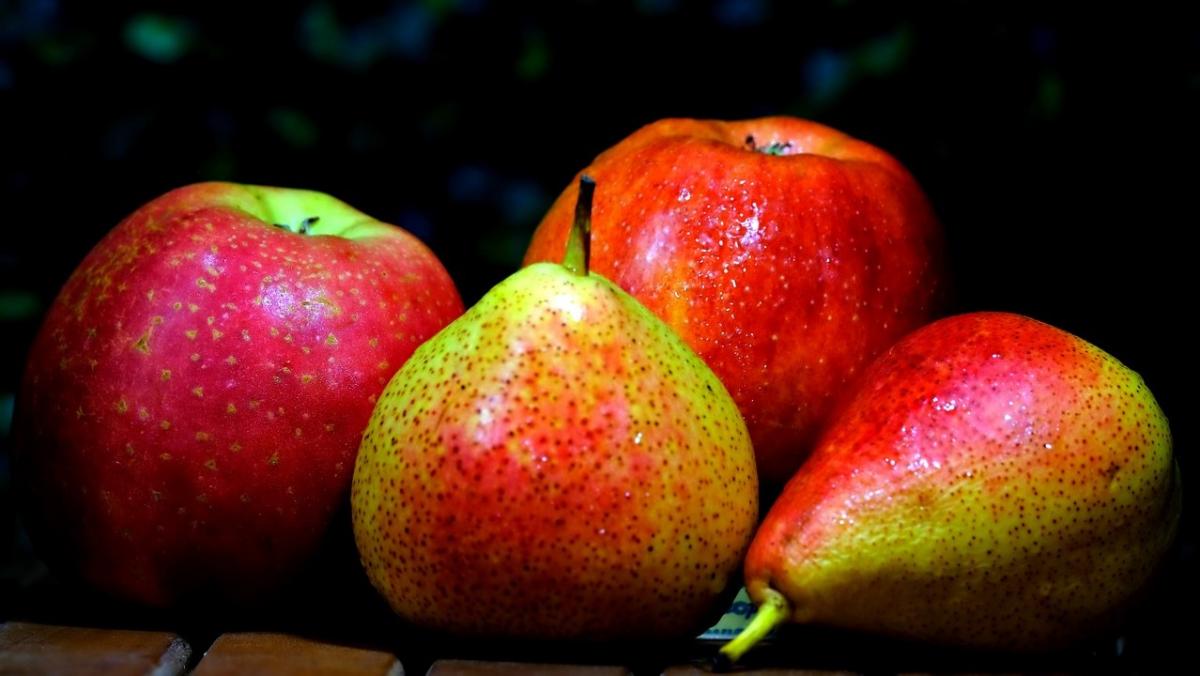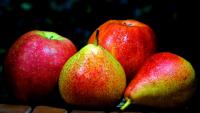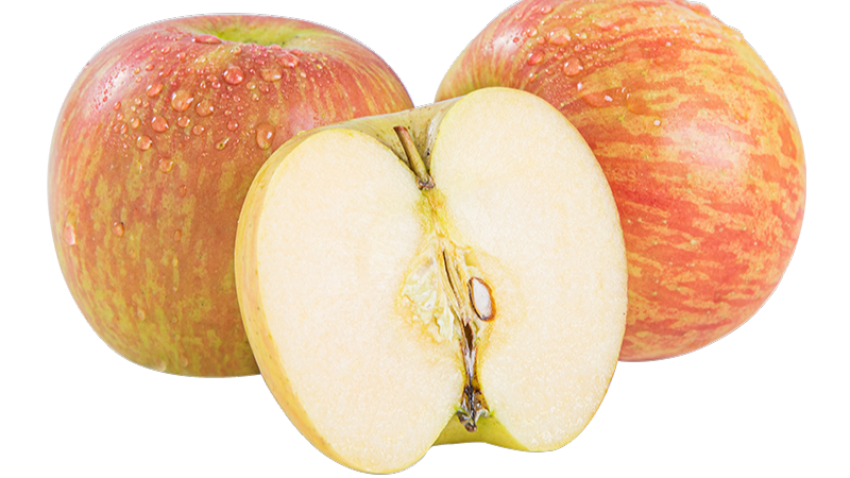You are here
Back to topSouth Africa’s Apple and Pear Exports to China Show Counter-Trend Growth

Owing to adverse weather events such as hail and floods earlier in the year, South African apple and pear industry organization Hortgro has once again revised its export forecasts for the 2023 season. The new estimated export volumes for South African apples and pears are 40.883 million cartons and 17.195 million cartons (12.5 kilograms per carton), respectively. Compared with the 2022 season, these correspond to decreases of 10% (4.375 million cartons) and 19% (4.002 million cartons), respectively.
In the last two months of 2022, South Africa’s main apple and pear producing regions experienced severe hailstorms. The Langkloof region suffered another hailstorm in March of this year, affecting both the quantity and quality of pears. Additionally, June saw heavy rainfall and strong winds in the Western Cape province. Luckily, by this time the apple and pear harvests had finished and all of the fruit were already in cold storage.
Among the various apple varieties, significant reductions in the export volumes are expected for Golden Delicious, Granny Smith, Braeburn and Cripps Pink, with estimated year-on-year decreases of 24%, 19%, 18% and 17%, respectively. Shipments of Fuji apples, the most popular cultivar exported to China, are forecast to decrease by 12% to 3.953 million cartons.
In terms of pear exports, South Africa’s most produced varieties, Packham’s Triumph and Forelle, are anticipated to witness declines of 8% and 15%, respectively. The Cheeky variety, which has proved popular among Chinese buyers, is estimated to have an export volume of 581,000 cartons, representing a 21% decrease from the previous season. With the exception of the Celina and Sempre varieties, exports of other pear varieties are forecast to decline by varying degrees, with the Doyenne Du Comice variety expected to see the most significant drop of 54%.
According to Hortgro’s export statistics, as of week 29, the total quantity of apples inspected for export was 31.264 million cartons, representing a 3% decrease compared with the same period of last year. The amount of Royal Gala/Gala apples that had passed inspection was 4% higher than the same period of last year. Among all of the varieties, Golden Delicious experienced the most significant drop in inspected volume with a decrease of 19%.
The inspected volume of pears as of week 29 was 14.784 million cartons, corresponding to a 13% decrease compared with the same period of last year. Among the main export varieties, Packham’s Triumph showed a 6% increase, while Forelle decreased by 8% and Vermont Beauty saw a substantial drop of 17%.
Despite the overall decline in worldwide exports of South African apples and pears, exports to the Chinese market have seen a counter-trend increase. According to Hortgro’s data, cumulative exports of South African apples to mainland China had reached 1.038 million cartons as of week 29, marking a significant increase of 20% compared with the same period of last year. Among all varieties, the export volume of Fuji apples ranked first, reaching 581,000 cartons and representing a 10% year-on-year increase.
South Africa delivered its first-ever pear shipment to China in September 2022. The cumulative export volume of South African pears to mainland China in 2023 had reached 180,000 cartons as of week 29, equivalent to approximately 2,250 metric tons — four times the total export volume of the previous year. Currently, the main pear varieties exported from South Africa to China include Forelle, Cheeky, Packham’s Triumph, Abate Fetel and Celina, with Forelle enjoying the largest export volume.
During this period, South Africa’s exports to Hong Kong also grew rapidly. Apple exports to Hong Kong reached 435,000 cartons, up by 82% over the same period of last year. Royal Gala/Gala apples had the largest export volume of 178,000 cartons, showing a remarkable year-on-year growth of 210%, while the late-season variety Cripps Red/Joya achieved an astonishing 12.4-fold increase. South Africa’s pear exports to Hong Kong also experienced a substantial increase of 60%, totaling 215,000 cartons by week 29. The Cheeky variety saw an exceptional 970% increase in export volume.
Customs statistics show that South Africa became China’s second-largest apple supplier after New Zealand in 2021, with the export volume reaching 12,300 metric tons, corresponding to a remarkable year-on-year increase of 64%. In 2022, South Africa’s apple exports to China further grew to 17,200 metric tons, representing a 41% year-on-year increase and accounting for 18% of China’s total apple imports. South Africa’s apple harvesting season is the opposite of China’s, occurring from January to May with the peak supply window in June. The advantage of this counterseasonal supply has been driving a steady increase in South Africa’s apple exports to China in recent years.
South African pears can be exported throughout the year because of the utilization of advanced controlled-atmosphere technologies and cold storage facilities. Among all of the pear varieties exported to China, Forelle is the most popular. It has a green skin with a red blush alongside a sweet and crisp texture. Packham’s Triumph pears are also highly favored in China. They have a round shape, crispy texture, bright green to pale yellow skin when fully ripe, and a white and juicy flesh, along with a delightful, sweet taste.
Image: Pixabay
This article was translated from Chinese. Read the original article.













Add new comment